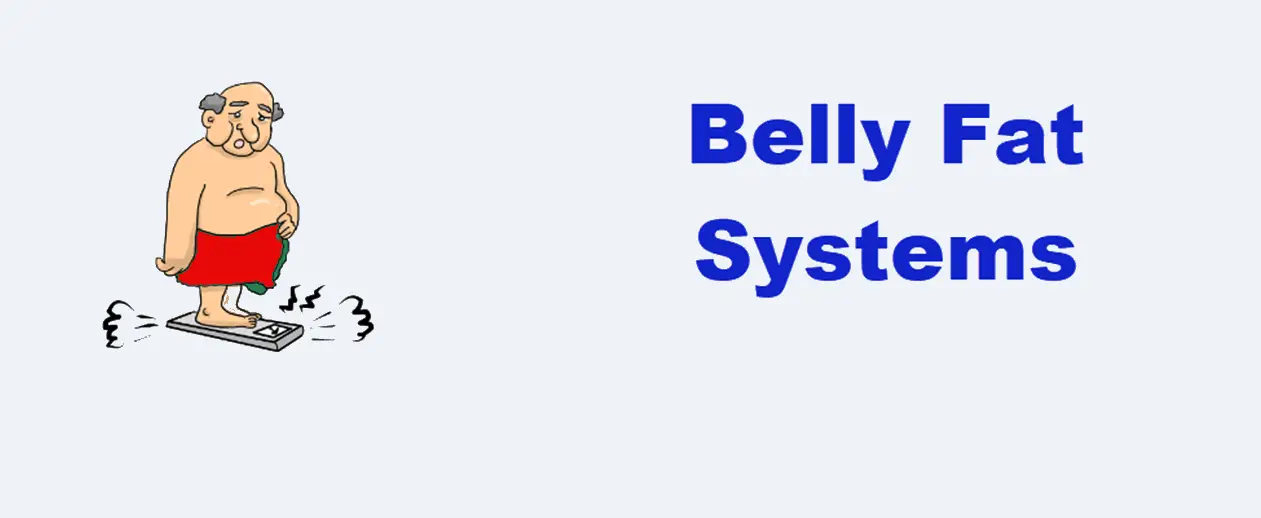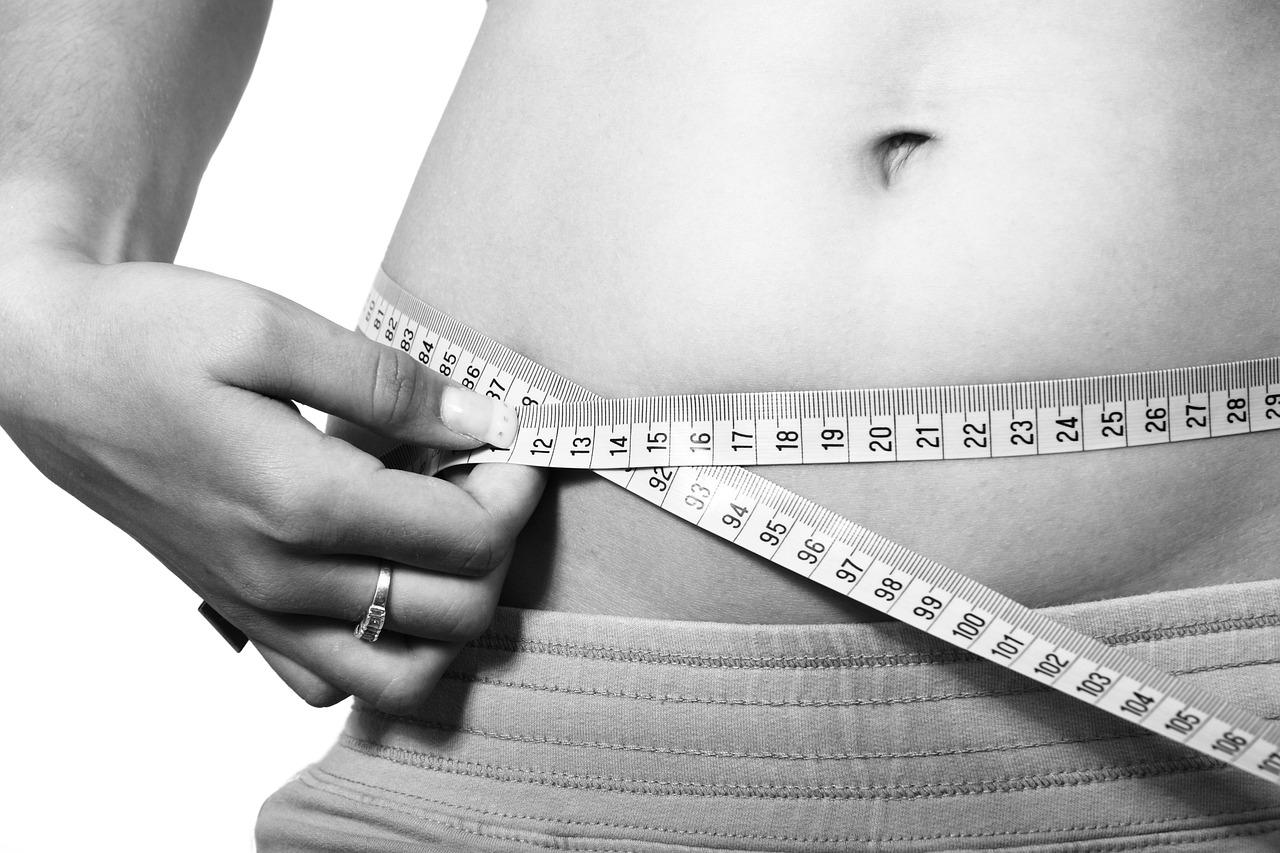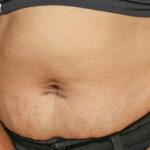Pregnant belly vs fat belly difference
When it comes to bellies, it’s not uncommon for people to wonder if a fat belly can look like a pregnant belly. After all, both can lead to a rounder, more protruding stomach. However, there are key differences between the two that can help you tell them apart. In this article, we will explore the difference between a pregnant belly and a fat belly, why belly fat can be detrimental to your health, and how to get rid of excess belly fat.
Can a fat belly look like a pregnant belly?
Yes, a fat belly can look similar to a pregnant belly, especially if there is a substantial amount of excess fat around the abdominal area. Both types of bellies can protrude and appear rounder than usual. However, there are a few differences that can help distinguish between the two.
What’s the difference between a pregnant belly and a fat belly?
There are several differences between a pregnant belly and a fat belly:
- 1. Appearance: A pregnant belly typically has a round and protruding shape, located lower on the abdomen. It is commonly accompanied by stretch marks and a linea nigra (a dark line running down the center of the belly). A fat belly, on the other hand, may have a more uniform distribution of fat throughout the abdomen and might not have the same round shape.
- 2. Texture: A pregnant belly feels firm and tight to accommodate the growing uterus and baby. In contrast, a fat belly may feel soft and squishy due to the accumulation of excess fat cells.
- 3. Weight gain distribution: During pregnancy, weight gain is generally concentrated around the abdominal area, specifically the uterus and its supporting tissues. While a fat belly can also result in weight gain around the abdomen, it can also accumulate fat in other areas of the body.
- 4. Mobility: Pregnant bellies tend to move and shift as the baby grows, with occasional kicks and movements felt by the mother. Fat bellies, including excess belly fat, typically don’t have the same level of mobility.
- 5. Temporary vs. permanent: A pregnant belly is temporary and gradually disappears after giving birth as the uterus contracts back to its normal size. In contrast, a fat belly is a result of excess adipose tissue and can persist unless measures are taken to reduce overall body fat.
- It is important to note that determining whether a belly is pregnant or fat solely based on appearance can be misleading. Medical advice and examination should be sought to accurately ascertain the cause of a protruding belly.
The main difference between a pregnant belly and a fat belly lies in the cause behind the protrusion. A pregnant belly is the result of a growing baby in the womb, whereas a fat belly is caused by an accumulation of excess body fat.
Another key difference is the way the belly feels. A pregnant belly usually feels firm and tight due to the growing baby and the expansion of the uterus. On the other hand, a fat belly tends to feel soft and squishy, as it is primarily composed of subcutaneous fat deposited under the skin.
Additionally, the location of the weight gain can also provide clues. During pregnancy, weight gain is concentrated in the belly area, while fat gain from an unhealthy lifestyle can be distributed throughout the body.
Why is belly fat bad for you?
Belly fat, especially visceral fat, can have serious implications for your health. Unlike subcutaneous fat, which lies just beneath the skin, visceral fat surrounds and infiltrates internal organs, such as the liver and intestines. This type of fat has been linked to various health issues, including type 2 diabetes, heart disease, and certain cancers.
Visceral fat is metabolically active and releases cytokines and hormones that can disrupt the normal functioning of your body. It can increase insulin resistance, promote inflammation, and affect the production of hormones involved in appetite regulation.
Possible Causes of Belly Fat
Belly fat can have various causes, ranging from lifestyle factors to hormonal imbalances. Some common causes include:
Unhealthy diet
A diet high in processed foods, sugars, and unhealthy fats can contribute to belly fat accumulation. These foods are often calorie-dense and low in nutrients, leading to weight gain and fat deposition.
Lack of physical activity
Leading a sedentary lifestyle can contribute to the development of belly fat. Regular exercise not only helps burn calories but also promotes muscle growth, which can increase metabolism and aid in fat loss.
Hormonal changes
Hormonal imbalances, such as those seen during menopause, can lead to the accumulation of belly fat. The decrease in estrogen levels during this period can disrupt the body’s natural fat distribution patterns.
How to Lose Belly Fat
If you’re looking to lose belly fat, a combination of a healthy diet and regular exercise can be effective. Here are some tips to help you on your journey:
Eat a balanced diet
Focus on consuming whole, unprocessed foods that are rich in nutrients. Include plenty of fruits, vegetables, lean proteins, and whole grains in your diet. Limit your intake of sugary foods, refined grains, and saturated fats.
Increase physical activity
Hey there! So, let’s talk about increasing physical activity, shall we? I mean, let’s be real, most of us spend way too much time cooped up indoors these days. It’s time to break free from our sedentary lifestyles and get our bodies moving! Trust me, guys, a little physical activity can go a long way. You don’t have to become a gym junkie or run a marathon every day (unless you want to, of course). Start small and build it up. Maybe take a walk during your lunch break or park your car a little further from the office. And hey, why not grab a friend to join in on the fun? Tackling physical activity with a buddy can be a great way to stay motivated and have a laugh at the same time. So, let’s make a pact to prioritize our health, get off the couch, and get those endorphins flowing! Your body will thank you, and trust me, it’ll be worth it!
Engage in regular cardiovascular exercises, such as walking, jogging, or cycling, to burn calories and promote overall weight loss. Incorporate strength training exercises to build lean muscle mass, which can help increase metabolism and reduce belly fat.
Manage stress levels
High levels of stress can contribute to weight gain, particularly around the abdominal area. Find healthy coping mechanisms for stress, such as exercise, meditation, or engaging in hobbies that bring you joy.
Other Ways to Get Rid of Belly Fat
In addition to diet and exercise, there are other ways to help reduce belly fat:
Get enough sleep
Studies have shown a link between insufficient sleep and increased belly fat. Aim for 7-9 hours of quality sleep each night to support overall health and well-being.
Stay hydrated
Drinking an adequate amount of water can help regulate metabolism and promote weight loss. Aim for at least 8 glasses of water per day.
Seek professional advice
If you’re struggling to lose belly fat or suspect underlying hormonal imbalances, it may be beneficial to seek guidance from a healthcare professional or a registered dietitian. They can provide personalized recommendations based on your specific needs.
Is it a bloated stomach?
In some cases, the protruding belly may be due to bloating rather than excess fat or pregnancy. Bloating occurs when the abdomen becomes swollen or distended, often accompanied by discomfort or a feeling of fullness.
Bloating can be caused by various factors, such as gas, constipation, certain foods, or digestive disorders. It is usually temporary and can be relieved by making dietary and lifestyle changes, such as avoiding trigger foods or practicing relaxation techniques.
Fat belly vs pregnant belly pregnancy test
While a fat belly and a pregnant belly can share similarities in appearance, taking a pregnancy test is the most accurate way to determine whether you’re pregnant or gaining weight due to excess body fat. Pregnancy tests detect the presence of human chorionic gonadotropin (hCG), a hormone produced during pregnancy.
If you suspect you might be pregnant, it’s always best to consult with a healthcare professional who can provide appropriate guidance and support.
In conclusion, although both a fat belly and a pregnant belly can result in a rounder, protruding stomach, they have distinct differences. Understanding the causes and effects of belly fat can help you make informed decisions about your health. By adopting a healthy lifestyle, including a balanced diet and regular exercise, you can reduce belly fat and improve your overall well-being.





